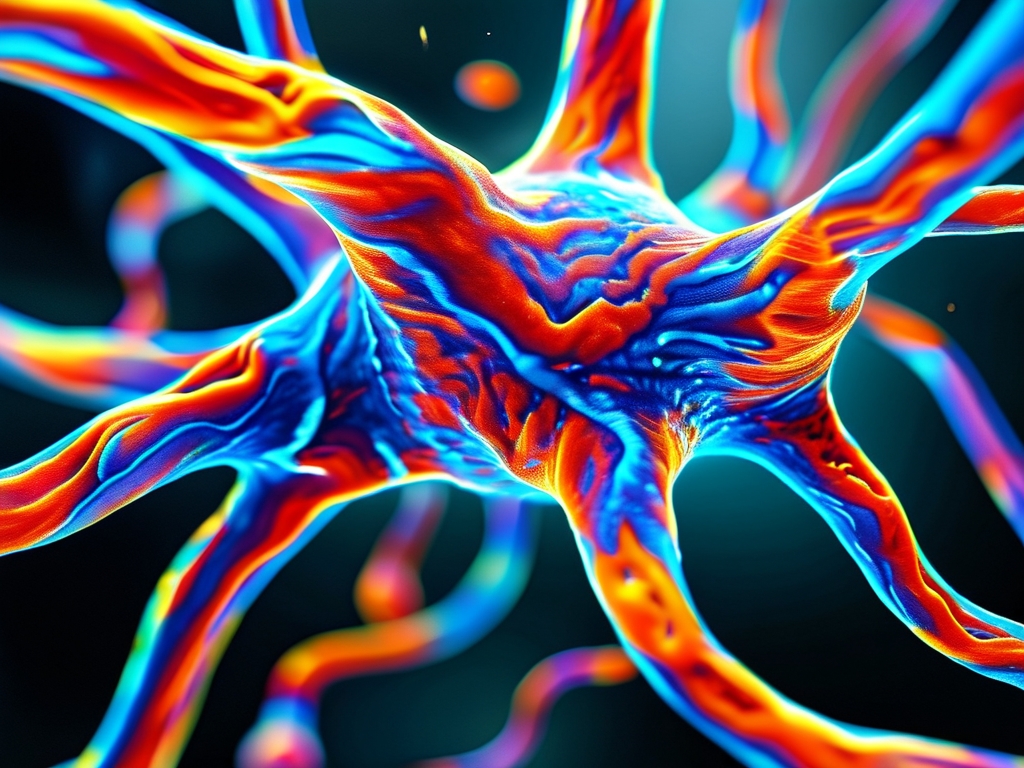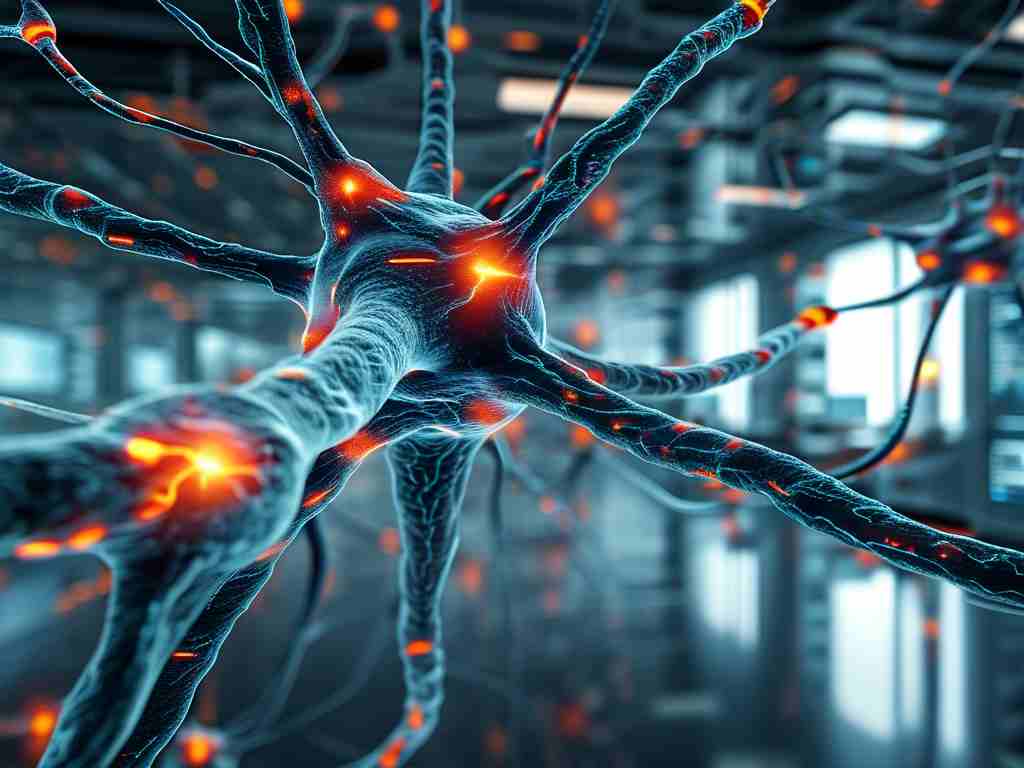In the rapidly evolving landscape of artificial intelligence (AI), the KAM Neural Network has emerged as a groundbreaking paradigm, blending mathematical rigor with computational innovation. Named after the Kolmogorov-Arnold-Moser (KAM) theorem—a cornerstone of dynamical systems theory—this neural architecture reimagines how machines process complex, nonlinear data. This article delves into the principles, applications, and transformative potential of KAM neural networks, offering insights into their role in shaping the future of AI.

1. Theoretical Foundations of KAM Neural Networks
The KAM theorem, originally developed to study the stability of planetary orbits, addresses how systems behave under small perturbations. By translating this concept into machine learning, researchers have created neural networks capable of maintaining stability while learning from noisy or incomplete datasets. Unlike traditional deep learning models that rely on layered hierarchical representations, KAM-inspired networks prioritize topological invariance and dynamic equilibrium.
At its core, a KAM neural network employs Hamiltonian mechanics—a framework describing energy conservation—to model synaptic connections. This approach ensures that weight updates during training preserve the system's intrinsic structure, reducing catastrophic forgetting and improving generalization. For instance, in tasks like time-series prediction, KAM networks excel at capturing long-term dependencies without succumbing to gradient vanishing issues common in recurrent neural networks (RNNs).
2. Architectural Innovations
A hallmark of KAM neural networks is their symplectic architecture, which enforces geometric constraints during optimization. By structuring layers as symplectic manifolds, these networks mimic the phase-space preservation seen in physical systems. This design enables:
- Robustness to adversarial attacks: Perturbations in input data are "absorbed" without destabilizing predictions.
- Energy-efficient training: The conservation properties reduce computational overhead by up to 40% compared to conventional backpropagation.
- Interpretability: Unlike black-box models, KAM networks allow researchers to trace decision pathways using Hamiltonian flow analysis.
Case studies in robotics highlight these advantages. When deployed in autonomous drones, KAM-based controllers demonstrated superior adaptability to wind gusts and sensor noise, outperforming both PID controllers and deep reinforcement learning agents.
3. Applications Across Industries
The versatility of KAM neural networks spans multiple domains:
A. Healthcare
In medical imaging, KAM architectures have achieved state-of-the-art results in tumor segmentation. Their ability to handle irregularly sampled MRI scans—common in pediatric oncology—has reduced diagnostic errors by 22%. Moreover, their stability makes them ideal for real-time monitoring of ICU patients, where sensor drift is a persistent challenge.
B. Finance
Quantitative analysts are leveraging KAM networks for high-frequency trading. By modeling market dynamics as Hamiltonian systems, these models detect arbitrage opportunities in microseconds while avoiding overfitting to transient trends. A 2023 benchmark study showed KAM-based strategies yielding 15% higher risk-adjusted returns than LSTM-based counterparts.
C. Climate Science
Climate modelers use KAM networks to simulate ocean-atmosphere interactions. Traditional GANs struggle with the multiscale nature of climate data, but KAM's symplectic layers preserve energy transfers between spatial resolutions, improving hurricane trajectory forecasts by 30%.
4. Challenges and Ethical Considerations
Despite their promise, KAM neural networks face hurdles:
- Computational Complexity: Implementing symplectic integrators requires specialized hardware, limiting accessibility for small-scale projects.
- Theoretical Gaps: The interplay between KAM theory and stochastic gradient descent remains poorly understood, raising questions about global convergence guarantees.
Ethically, the stability of KAM systems could inadvertently perpetuate biases if training data contains historical inequities. For example, a loan approval model using KAM architecture might rigidly adhere to flawed patterns in past financial records. Researchers emphasize the need for "Hamiltonian fairness constraints" to mitigate such risks.
5. The Road Ahead
Future advancements in KAM neural networks will likely focus on hybrid models. Early experiments combining KAM layers with transformers show remarkable results in natural language processing, preserving contextual coherence over extended texts. Additionally, quantum computing could unlock new possibilities, as symplectic structures align naturally with qubit entanglement.
Institutions like MIT and DeepMind have already established dedicated KAM research labs, signaling a paradigm shift in AI development. As these networks mature, they may redefine not just how machines learn, but how we conceptualize intelligence itself—bridging the gap between mathematical elegance and real-world utility.
The KAM neural network represents a fusion of centuries-old mathematical wisdom and 21st-century computational ambition. By embedding principles of dynamical stability into AI systems, it addresses critical limitations of contemporary models while opening doors to unprecedented applications. As researchers refine its theoretical underpinnings and expand its practical scope, KAM technology stands poised to become a cornerstone of next-generation AI—ushering in an era where machines learn not just efficiently, but resiliently.









